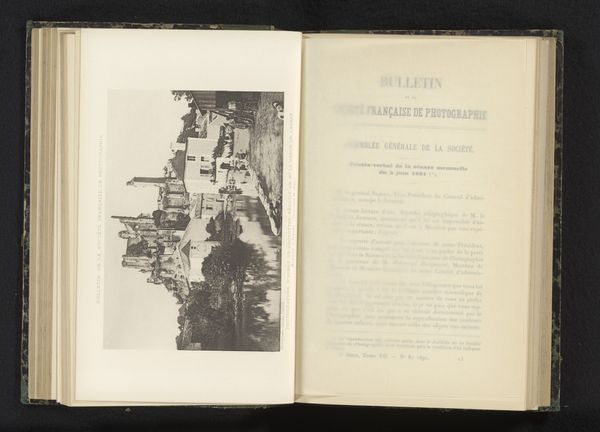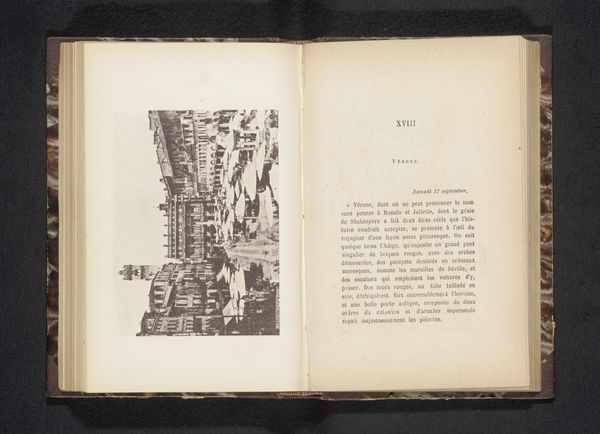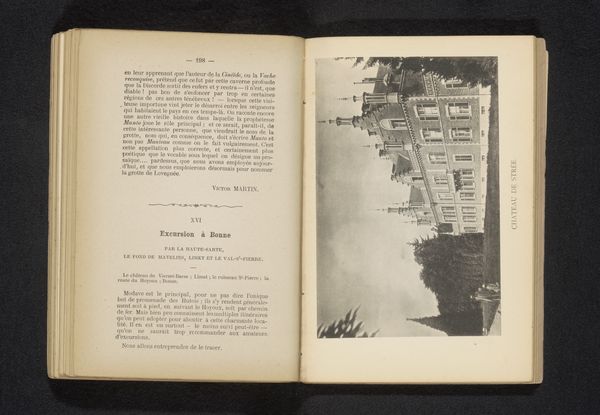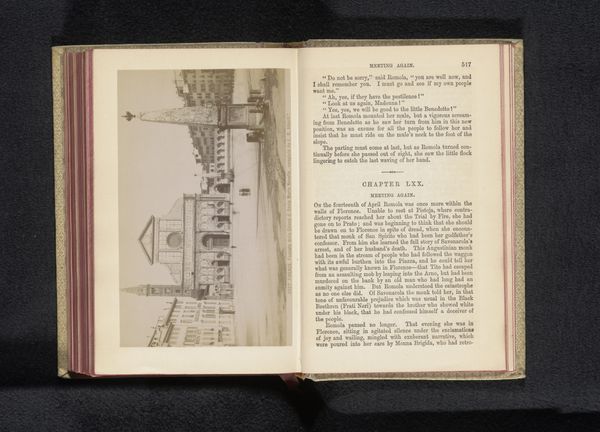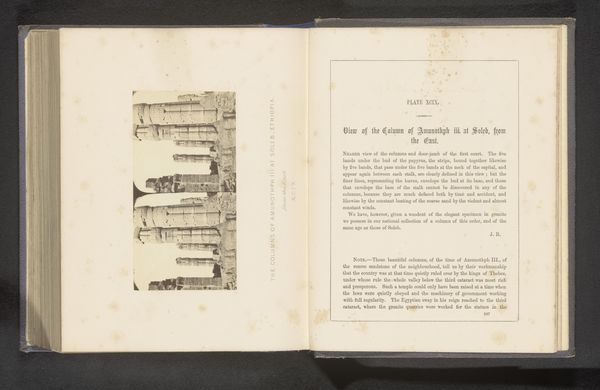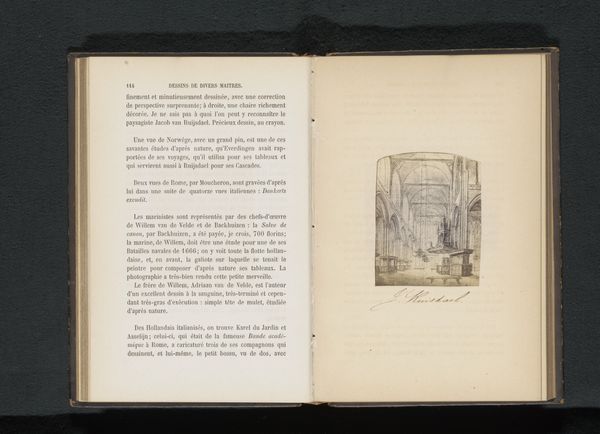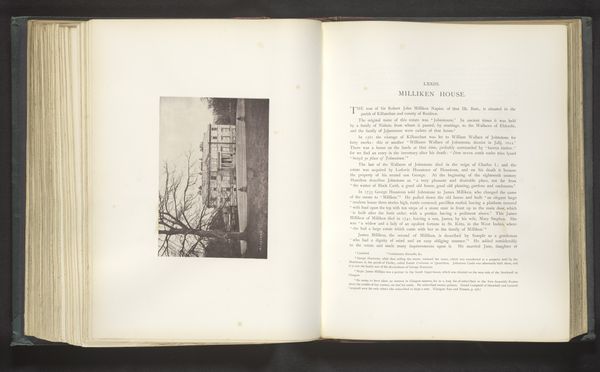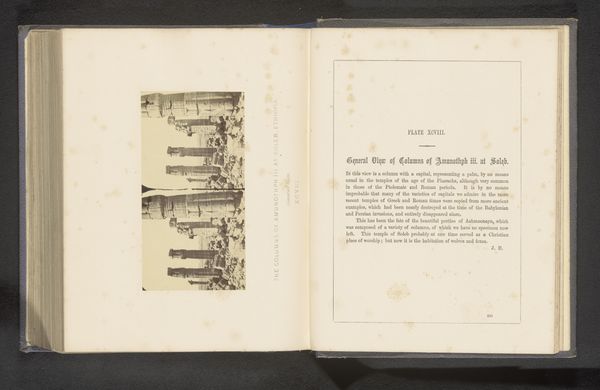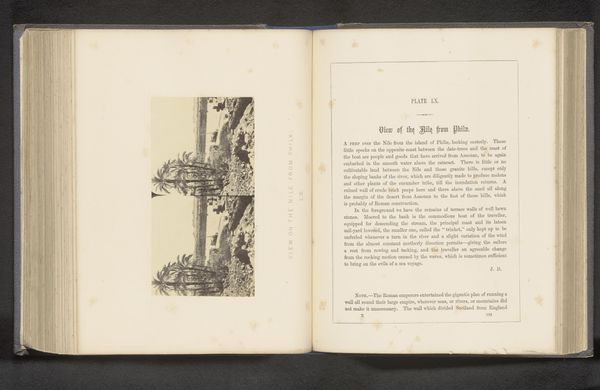
print, photography, architecture
#
pictorialism
# print
#
neo-impressionism
#
landscape
#
photography
#
architecture
Dimensions: height 120 mm, width 174 mm
Copyright: Rijks Museum: Open Domain
Curator: Editor: This photograph, "Gezicht op Château de Chantilly," taken before 1891 by H. Rouxel, is quite striking. It feels almost dreamlike, with the architecture fading into the background. What’s your interpretation of this piece? Curator: Well, considering the rise of pictorialism and its emphasis on artistic expression over pure documentation, it’s important to examine the context in which Rouxel was working. What narratives about power and privilege might this architectural subject subtly reinforce? Consider the château as a symbol. What does it evoke? Editor: It feels very romantic and grand, a celebration of wealth. Is that a critique, or simply a reflection of the time? Curator: That's a crucial question. We must delve into who had access to such idealized representations. Did the working class, for instance, see their lives reflected? Examining the intended audience and the socio-economic landscape reveals how the photograph functions within a system of representation. Editor: So, even a landscape can be political. Curator: Precisely. Consider the social history embedded within the aesthetic choices. Pictorialism, while striving for beauty, often unconsciously echoed and solidified existing power structures. How can we, as viewers today, challenge this inherited gaze? Editor: This makes me rethink the role of photography back then and the choices artists made, and how these choices impact how we perceive it today. Thanks for this new perspective! Curator: Indeed, revisiting historical artworks allows us to better understand their complex relationships with both their past and our present.
Comments
No comments
Be the first to comment and join the conversation on the ultimate creative platform.
